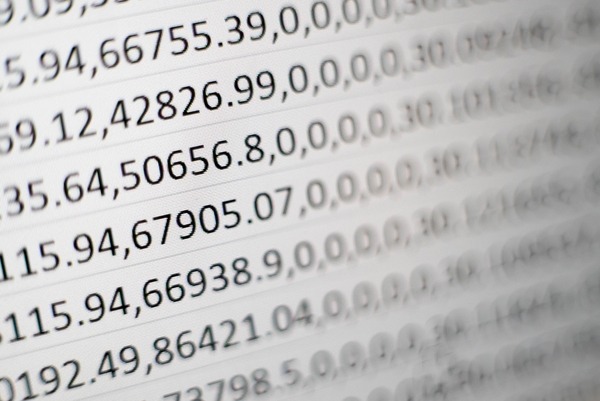Key Numbers inside Endowment Plans
Endowment plan is a common low-risk investment vehicle. Usually it is used for wealth accumulation and coping with inflation. By purchasing an endowment plan, you let the internal fund managers in an insurance company help you manage your money in a relatively low-risk manner. In many cases, it also protects your principal. In Singapore, there are lots of numbers in the Policy Illustration and Product Summary of an endowment plan. This article will explain to you what the key numbers inside these documents are, so you can quickly obtain the information relevant to investment return of an endowment plan.

1. Illustrated Investment Rate of Return
To provide a common standard for the industry, Life Insurance Association Singapore (LIA) sets the Illustrated Investment Rate of Return for all the life insurance companies in Singapore. To derive this number, LIA firstly constructs a Benchmark Portfolio. The internal fund managers in each insurance company shall not deviate their own portfolio too much from the Benchmark Portfolio. And then LIA derives the Illustrated Investment Rate of Return by conducting scenario analysis on the Benchmark Portfolio, according to long-term investment market outlook. Benchmark Portfolio returns where the negative scenario will be used as the lower Illustrated Investment Rate of Return (currently 3.25%), and the figure derived for the central scenario will be used as the upper Illustrated Investment Return of Return (currently 4.75%). In Policy Illustration and Product Summary, every insurance company shall use these two numbers as the basis to calculate other numbers.
2. Total Internal Rate of Return
The Policy Illustrations nowadays state the Total Internal Rate of Return of an endowment plan clearly. This number is the return given to the policy holder after deducting all the expenses from the Illustrated Investment Rate of Return. Compared with Illustrated Investment Rate of Return, Total Internal Rate of Return is much more relevant to the policy holder. The longer the investment horizon of an endowment plan, the higher the Total Internal Rate of Return is, and the closer it is towards the Illustrated Investment Rate of Return.
3. Guaranteed Internal Rate of Return
Total Internal Rate of Return is not fully guaranteed. The Policy Illustration will also state the Guaranteed Internal Rate of Return. If the Guaranteed Internal Rate of Return is positive, the endowment plan will guarantee the principal plus part of the return; if the Guaranteed Internal Rate of Return is negative, the endowment plan does not guarantee the principal.
4. Reversionary Bonus
The non-guaranteed portion of the Total Internal Rate of Return is distributed to the policy holder in the form of bonuses. There are two types of bonuses. The first type is Reversionary Bonus. Reversionary Bonus is distributed to the policy account on a yearly basis. The money in the policy account will also compound at certain interest rate every year. Once Reversionary Bonus is distributed to the policy account, the insurance company will not take it back. So Reversionary Bonus is a relatively stable portion inside the non-guaranteed returns. The information about Reversionary Bonus is stated in Product Summary. It is presented as: Based on Illustrated Investment Rate of Return of x.xx% per annum, the Reversionary Bonus rate is $x.xx per $1,000 Sum Assured, compounding at x.xx% per annum throughout the policy term.
5. Terminal Bonus
The other type of bonus is Terminal Bonus. This type of bonus is distributed to the policy holder on one-time basis when the endowment plan is terminated. The information about Terminal Bonus is also stated in Product Summary. It is presented as: Based on Illustrated Investment Rate of Return of x.xx% per annum, the Terminal Bonus is xx% of the value of the policy account (i.e. the accumulated Reversionary Bonus). Compared with Reversionary Bonus, Terminal Bonus leaves a bit more space for the insurance company to make adjustment according to its actual investment performance.
The chart above summarized the relationship among the five key numbers elaborated. After reading this article, you should be able to swiftly extract the information relevant to investment return from the Policy Illustration and Product Summary of an endowment plan. If there is anything that you do not understand, feel free to contact me for a discussion.

 Tony
Tony
 June 22, 2020
June 22, 2020


